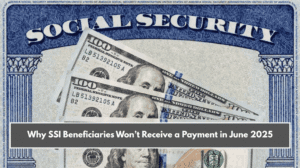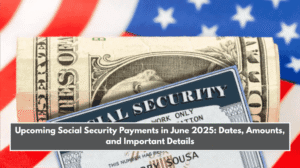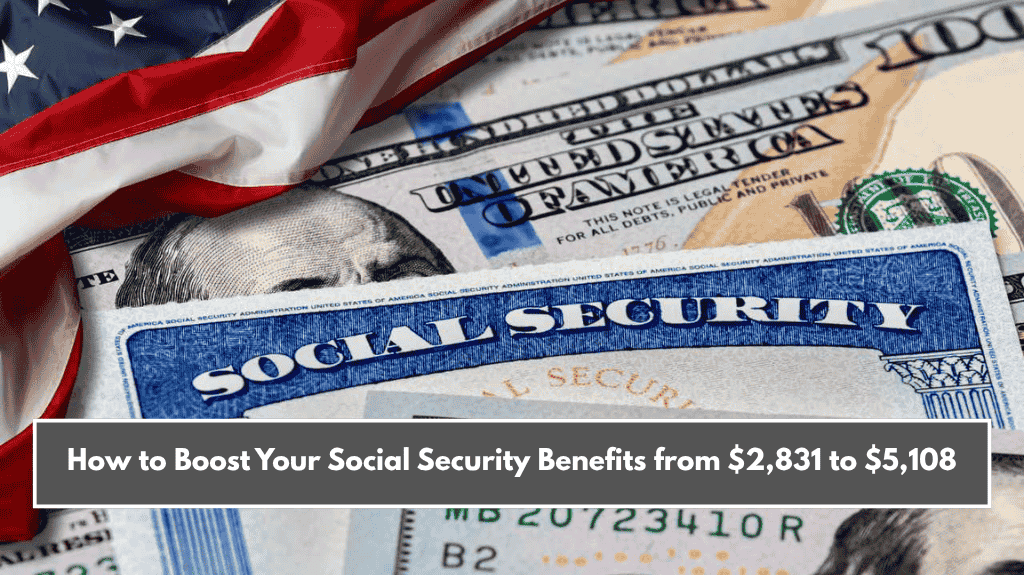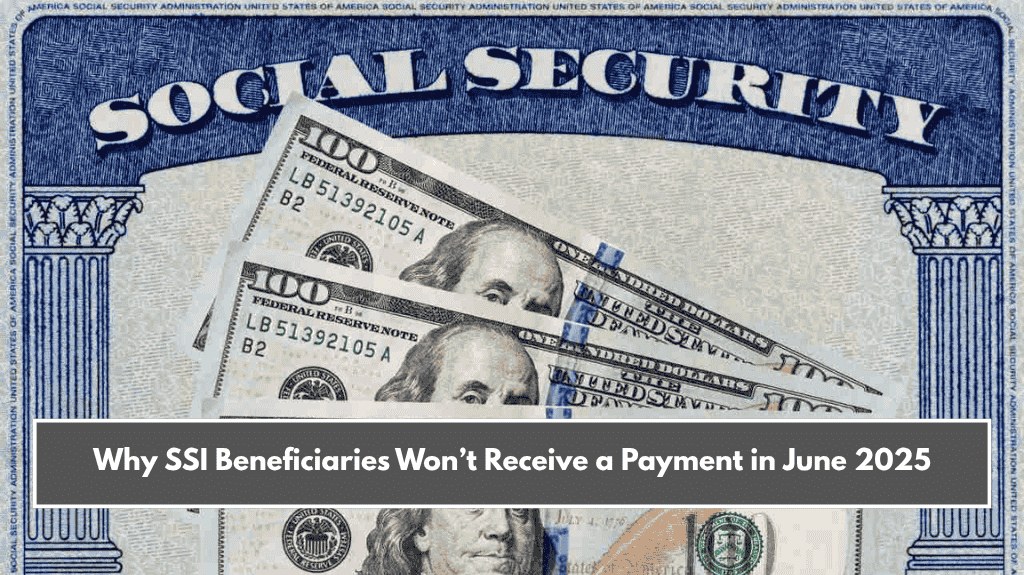The Social Security Administration (SSA) has made an important change: it will now withhold only 50% of monthly benefits for certain overpayments instead of 100%. This change is a relief for many, but experts warn that it can still cause serious financial problems for those who rely on Social Security to cover basic needs.
The change took effect from April 25, 2025, and applies to people receiving Title II benefits—which include retirement, disability, and survivor benefits. For Supplemental Security Income (SSI), the withholding rate stays at 10%.
Why Are Some People Owing Money to SSA?
Sometimes, people receive more benefits than they were supposed to. This is called an overpayment. It can happen due to:
- Changes in income or living situation that were not reported on time
- Delays or mistakes by the Social Security office
- Wrong data entered by the SSA
When this happens, SSA sends a notice asking for the overpaid amount to be returned.
What Happens After an Overpayment Notice?
Once the SSA sends an overpayment notice:
- You have 90 days to ask for a waiver, reconsideration, or to request a lower repayment rate
- If you do nothing, SSA will start taking back up to 50% of your monthly benefits
- They will continue doing this until the total amount owed is fully recovered
This rule only applies to new notices sent on or after April 25, 2025.
From 10% to 100%, Then Back to 50%
In the past, under President Joe Biden’s administration, the default clawback rate was just 10% or $10, whichever was higher. But recently, SSA announced a big jump to 100% withholding, which caused panic and criticism.
Experts called it “draconian and cruel”, as it could leave people with no income at all. Now, SSA has reduced it to 50%, which is better—but still tough.
According to Richard Fiesta, from the Alliance for Retired Americans, losing 50% of benefits is still a major problem: “It could put people into immediate economic hardship.”

Not Always the Beneficiary’s Fault
In most cases, beneficiaries did nothing wrong. They didn’t even know there was an error. Yet, they are the ones paying the price.
Experts believe people shouldn’t suffer for mistakes made by the agency. These clawbacks can lead to homelessness, hunger, or not being able to pay medical bills, especially for seniors and disabled individuals.
Can You Ask for a Lower Repayment?
Yes, but it’s not always easy.
- You can negotiate the amount or ask for a waiver
- There are thousands of SSA employees involved, and decisions may vary
- You may face long wait times to get appointments or speak with someone
- Success is not guaranteed, and results depend on the staff member handling your case
This makes it important to act quickly if you get an overpayment notice.
The SSA lowering its clawback from 100% to 50% is a welcome step, but for many who rely on these payments for daily survival, even losing half their income can be devastating.
Beneficiaries should be aware of their rights and take action within the 90-day window if they receive a repayment notice. With long waits and mixed outcomes, staying informed and proactive is the best way to protect yourself.















